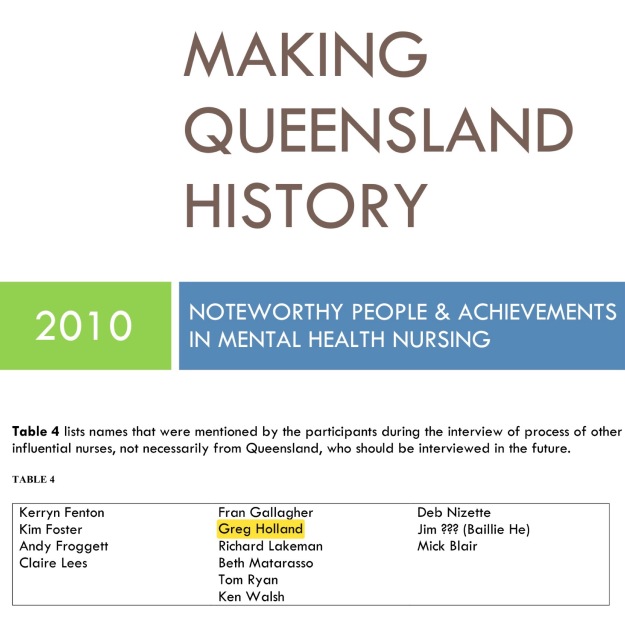To celebrate the World Health Organisation declaring 2020 as the International Year of the Nurse and Midwife, Cairns and Hinterland Hospital and Health Service (CHHHS) established an inaugural award celebration which is proudly sponsored by the Far North Queensland Hospital Foundation (FNQHF)
The awards were established to formally recognise the excellence in nursing and midwifery across CHHHS.
There were more than 100 very competitive nominations across all five categories which were short-listed by a committee, and then were assessed against the criteria by a judging panel that included:
Debra Cutler, Executive Director Nursing & Midwifery Services, CHHHS
Tony Williamson, Chief Executive Officer, FNQHF
Andrea O’Shea, Director of Nursing and Midwifery, Cairns Services
Tracey Morgan, Director of Nursing and Midwifery, Rural and Remote Services
Award winners were announced on 12th May 2020 to coincide with International Nurses Day via an online event – the physical distancing/social distancing requirements of the COVID-19 pandemic did not allow a face-to-face presentation at the time. On Monday 3rd of August we finally had the opportunity to present winners of the Nursing and Midwifery awards with their trophies in person.
The five award winners are:
Excellence in Workforce – Alison Weatherstone
Alison is the Midwifery Unit Manager at Innisfail’s Maternity Department. Alison’s nomination outlined an outstanding commitment to improving work environments to ensure a safe, collaborative and collegial workplace.
Excellence in Clinical Practice – Therese Howard
Therese is a Sexual Health Nurse with Tropical Public Health Services and was nominated for her commitment and advocacy in her work with the Queensland Health Syphilis Register. Therese has dedicated the last 10+ years of her career doing this work and has done so in a respectful, friendly, supportive and efficient manner.
Excellence in Education – Paul McNamara
Paul is the Clinical Nurse Consultant with Consultation Liaison Psychiatry Services and demonstrates an outstanding commitment to teaching and learning. A familiar face on the CHHHS Facebook page with his “Clean hands, clear head” initiative, Paul dedicates a lot of his time educating and supervising colleagues whilst also keeping up with his Instagram/Twitter/Facebook page meta4RN.
Excellence in Leadership – Kelly Pollock
Kelly is the Nurse Unit Manager at Tablelands Community Health. Since Kelly has started in her role, she has inspired the team to develop their skills in the area of patient centred care so they can offer the best practice for patients and community clients.
Excellence in Research – Bronwyn Hayes
Bronwyn is the Clinical Nurse Consultant Transplant Coordinator for CHHHS and integrates knowledge and evidence into practice to improve patient outcomes. In 2016, Bronwyn completed her PhD with her thesis focused on workforce issues in Australian and New Zealand haemodialysis units.

L-R: Kelly Pollock, Paul McNamara, Bronwyn Hayes, Alison Weatherstone, Debra Cutler, Tony Williamson and Therese Howard
Four Notes
- Many thanks to those who generously took the time to nominate me and my colleagues – it was genuinely surprising to be nominated, and was very humbling and gratifying to be recognised. Thank you.
- A huge thank you too to the Far North Queensland Hospital Foundation who supplied the trophies and the prize of enrolment, flights and accommodation at next year’s Australian College of Nursing’s National Nursing Forum.
- The text above is a slightly altered copy and paste of emails that were sent in May following the online presentation and August after the in-person presentation. I’m plonking it here on the blog so that it is searchable/able to be found in future… after all, if it’s not googleable, did it really happen?
- Would have I created this blog post if I wasn’t amongst the award winners? I don’t know – maybe. It’s ‘on-brand’ to promote nurses/nursing recognition via this blog: I have made a habit of celebrating Nurses on the Australia Day Honours list in recent years (see here). That said, it does feel like a bit of a brag, but it is something I’m proud of, not ashamed of.
End
That’s it. Thanks for reading – as always, you are welcome to leave feedback in the comments section below.
Paul McNamara, 28 August 2020
Short URL meta4RN.com/awards



















